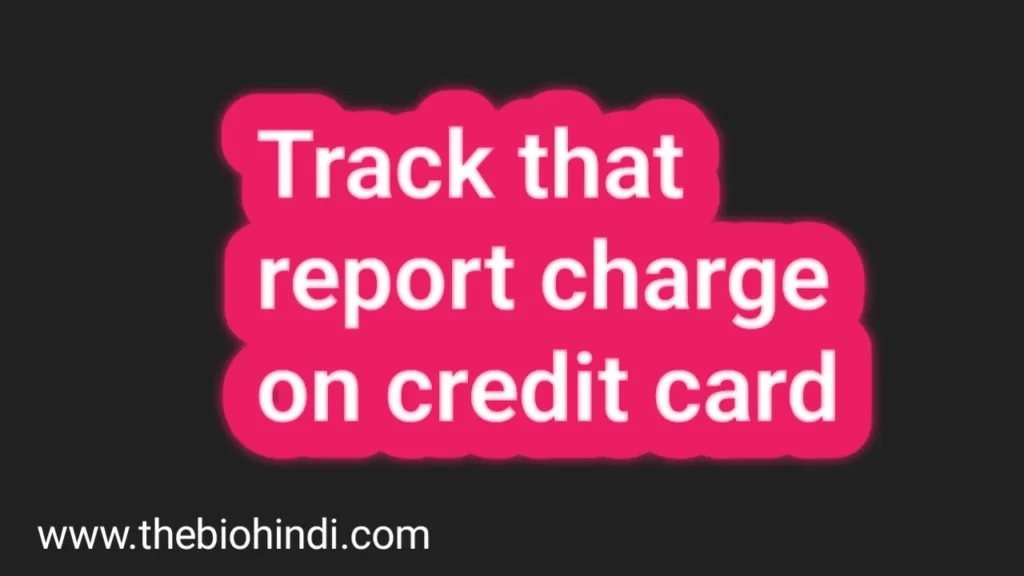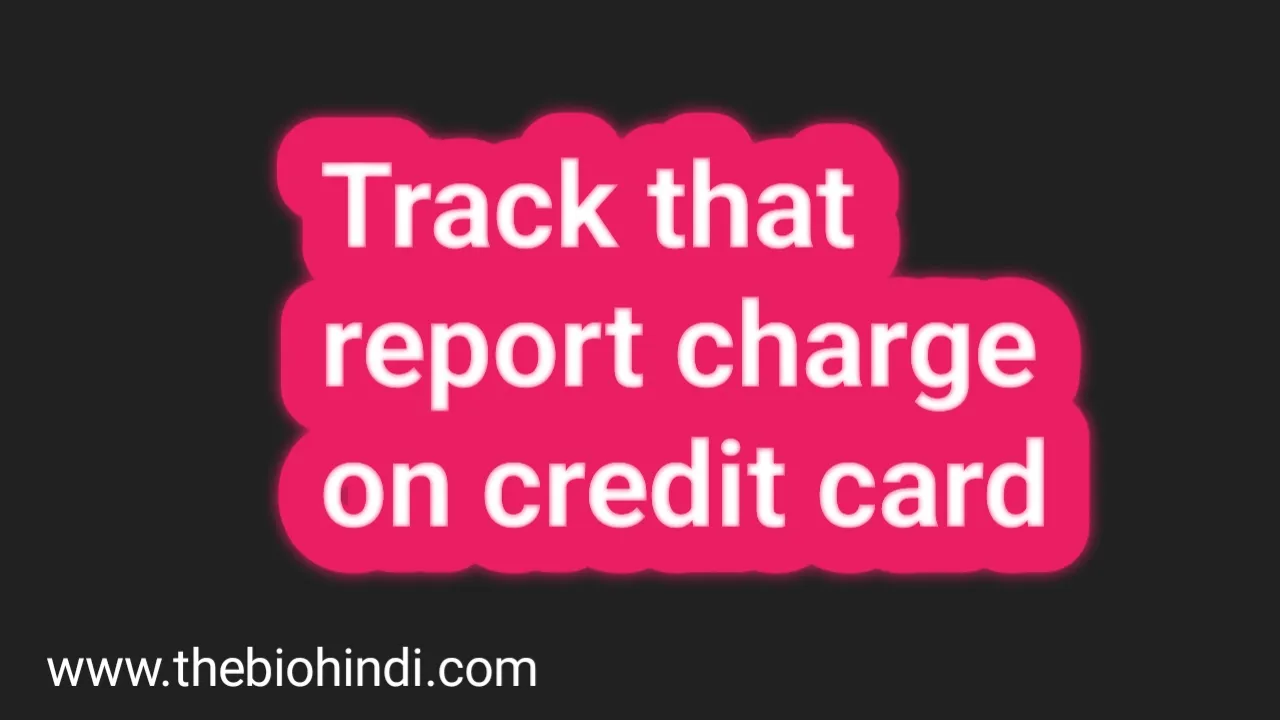Track that report charge on credit card
Step 1. Gather Information:
Collect details about the charge,credit card issuer, transaction date, merchant/company name, charge amount, and any reference number.
Step 2. Check Recent Transactions Online
(2). Log in to your online account using your credentials.
Also Read – Can I Use My Cashapp Card at an ATM?
Step 3. Contact Customer Service:
(1). If you can’t find the transaction or have concerns, find the customer service number on the back of your card.
(2). Call the number and follow prompts.

Also Read – Navy Federal Flagship Credit Card Limit
Step 4: Dispute or Resolve the Charge (if needed)
1. If you don’t recognize the charge or it’s incorrect, start a dispute.
2. Ask the rep for dispute guidance or use their online form.
3. Offer evidence like receipts if required.
4. The issuer will investigate and inform you.
Step 5: Monitor Your Account
Keep watch for updates on the charge. Expect email alerts on dispute progress.
Step 6: Review Statement
Step 7: Follow Up
Step 8: Consider Escalation
If your issue remains unresolved, ask to escalate your case to a supervisor or higher-level representative for further assistance.
Step 9: Monitor Future Statements
Keep an eye on future credit card statements to ensure that the issue doesn’t recur and that all adjustments are accurately reflected.
Step 10: Update Contact Information
Step 11: Practice Security
During the process, be cautious about sharing sensitive information, such as your full card number or security code, unless you’re dealing directly with your credit card issuer’s official channels.
Step 12: Be Patient and Persistent
Resolving credit card charge issues can take time. Be patient, but also persistent in following up to ensure your concern is addressed.
Step 13: Verify Personal Information
During your interactions with customer service, ensure that they have your correct personal information on file. This includes your name, address, and contact details. Any discrepancies could lead to communication issues.
Step 14:Understand Credit Card Policies
Step 15: Document Everything
Step 16: Review Your Rights
Be aware of your rights as a credit cardholder. Credit card laws and regulations can vary by region and jurisdiction, so understanding your rights can help you advocate for a fair resolution.
Step 17: Seek Legal Advice (If Necessary)
In rare cases where disputes remain unresolved and significant amounts are involved, you might consider seeking legal advice. Consulting an attorney with experience in credit card and consumer protection law can provide additional guidance.
Step 18: Learn from the Experience
Step 19: Leave Feedback
Step 20: Maintain Open Communication
Step 21: Utilize Online Tools- Some credit card issuers offer online tools or apps that allow you to dispute charges directly through their platform. Explore these options for a convenient and efficient way to address concerns.
Step 22: Consider Fraud Alerts- If the disputed charge seems to be a result of fraud or unauthorized activity, ask your credit card issuer about placing a fraud alert on your account. This can provide an extra layer of security.
Step 23: Keep Records Secure- Safeguard any physical or digital records you’ve collected during the dispute process. Protect sensitive information to prevent potential identity theft.
Step 24: Educate Yourself- Stay informed about common types of credit card scams and fraudulent activities. Knowledge of these tactics can help you recognize suspicious transactions more effectively.
Step 25: Regularly Review Statements- Even after resolving a specific charge issue, make it a habit to review your credit card statements regularly. This proactive approach can help you catch any irregularities early.
Step 26: Explore Additional Resources- If you encounter challenges with your credit card issuer, you can explore resources such as consumer protection agencies or financial ombudsman services, which can offer guidance and assistance.
Step 27: Share with Friends and Family- Share your experience and the steps you took with friends and family. It can help them navigate similar situations, promoting financial literacy and awareness.
Step 28: Adjust Spending Habits- Reflect on the experience to consider if any adjustments are needed in your spending habits or security measures to prevent similar issues in the future.
Step 29: Practice Online Safety- Enhance your online security practices, such as using strong and unique passwords, enabling two-factor authentication, and avoiding public Wi-Fi for sensitive transactions.
Step 30: Stay Informed- Keep up with news and updates related to credit card security, scams, and fraud prevention. Staying informed can help you stay ahead of potential issues
